Learning how to play bongos is a challenging yet incredibly rewarding journey. As with congas and timbales, it’s important to have at least a general idea of the history and trajectory of the instrument. If you’re curious about getting started learning how to play the bongos, click here to check out a free preview of our Bongos 101 Course.
The bongos are arguably one of the most widely-used instruments amongst the world of hand drums. Many people buy bongos as souvenirs, household art, or just to have something fun to jam out on. However, as those of us who play bongos know, the drum is a powerful and complex instrument with a rich history.
THE ORIGIN OF THE BONGOS
Jose Mangual tuning by flame
The modern bongos, or bongó as they are called in Spanish, are a set of two drums with shells typically constructed of a hardwood such as oak or mahogany, or of fiberglass. The larger of the two drums, referred to as the “hembra,” is typically between 8-10’’ in diameter, while the smaller drum, the “macho” is generally 6-8” in diameter. The two drums are held together by a small bridge normally made up of a composite wood, regardless of the material of the shells. Bongos may be mounted on a metal stand for a standing or sitting player, but are traditionally played by being held between the player’s knees. Learning to hold the bongos between one’s knees securely, can prove to be a tricky but essential step for the beginner learning how to play bongos. As with its cousins the congas, the bongos can also be fitted with either animal or synthetic heads. The very first bongos used mainly cow or mule hide for the heads, which was tacked on to the shell. Today’s bongos still use cow skins, as well as water buffalo, steer, and other animals, in addition to synthetic heads.
As with most hand drums that evolved in the colonies of North and South America, the bongo has deep African roots, specifically from central African regions populated by Bantu tribes. The earliest documentation of bongos as know them today comes from the eastern parts of Cuba, an area heavily populated by Bantu slaves from Congo and Angola, and their descendants, in the 19th century. Ethnomusicologists have theorized that the origin of the word “bongo” comes from the Bantu words ngoma or mgombo, meaning drum.
Grupo Changüi de Guantanamo
The bongo’s earliest musical roots are found in the Eastern provinces of Cuba in the Changüi and Son, two musical genres that feature the bongo as the sole percussive drum. The Changüi traditionally employs a bongo that is larger and tuned lower in pitch than the modern bongo. Son music on the other hand, began to incorporate bongos much more similar in size and tuning to the modern bongo. Innovators in Son music such as bongocero Agustín Gutiérrez “Manana" began borrowing techniques and vocabulary from Abakúa folkoric styles and incorporating them into the language of bongo drumming in Son music. By the 1940’s, groups such as Arsenio Rodriguez’ conjuntos, which added the conga drum to the traditional son sextet format, expanded the role of the bongocero by having them switch to a handheld cowbell in the latter half of an arrangement.
THE EVOLUTION OF THE BONGO
Latin Percussion Original Bongos Re-Issue
Traditionally, bongo drums were non-mechanically tuned percussion instruments. Just as with conga drums, up until the 1950s, the drumheads were secured to the wooden shells with tacks or nails. So in order to change the pitch, the skin needed to be either moistened or heated. Moistening the drumhead lowered the pitch, and heating it allowed the drum to be tuned to a higher pitch.
In the 1950s, the construction of the bongo drums was altered to include a mechanical tuning system made up of a securable rim, lugs, and adjustable lug nuts that allowed the bongo player to tune the drums with much more precision. This allowed the bongos to be tuned much higher and with more consistency.
The history of the drums, as well as how to tune the bongos, how to hold the bongos, and of course getting started learning how to play the bongos, are some of the essential beginner topics that we cover in-depth in our step-by-step online bongo lessons here on the the site. If you’re interested in learning more about this incredible instrument, come check out our CongaChops.com Memberships. We’ve got a growing library of Bongo, Conga, and Timbales Lessons and Courses, over 10+ hours of exclusive Practice Loops, and an amazing Community Forum where you can meet and discuss with other bongo players, as well as get 1-on-1 feedback on everything you’re learning. Click the link below to explore the entire site and what it’s all about!



